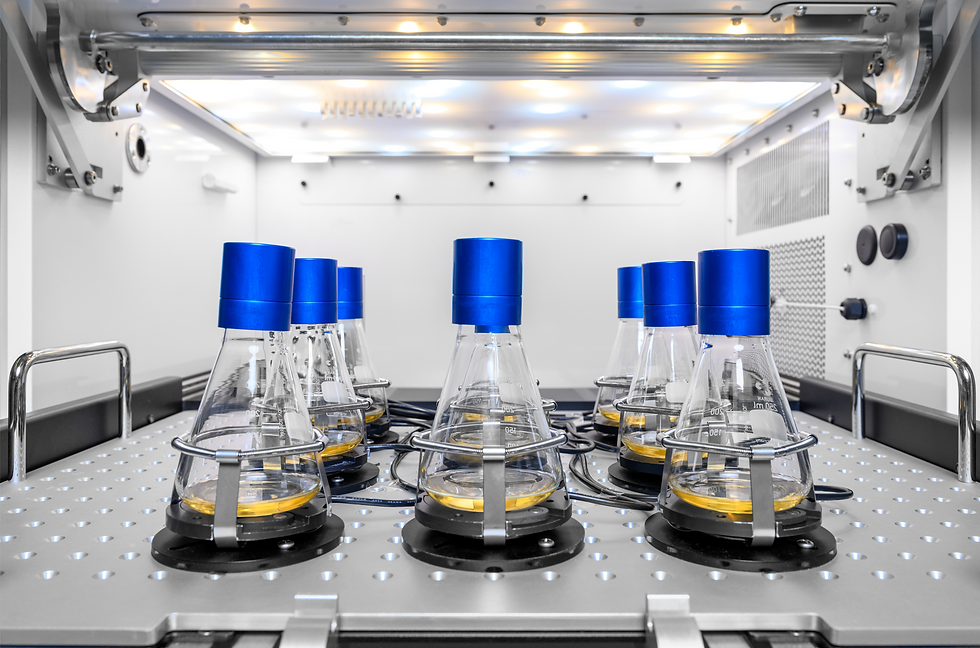Monitoring of filamentous fungi biomass through SBi's Cell Growth Quantifier
- Marc Violo

- Aug 27, 2023
- 2 min read
Updated: Aug 28, 2023
Among the vast array of organisms that inhabit our planet, filamentous fungi stand out due to their unique structure and exceptional abilities. Critical recyclers in various ecosystems, the significance of filamentous fungi extends far beyond their ecological contributions, with applications in biotechnology.

From enzyme production to the synthesis of diverse acids, filamentous fungi shape our everyday life – and scientists strive to optimize these bioprocesses to save resources and further enhance product quality.
The monitoring of biomass, or concentration of cells in a culture, in bioprocesses is an important part. With filamentous fungi, this is challenging because cells tend to form pellets, preventing the common measurements used in the field.

Ingo Bauer and his team of scientists at the Medical University of Innsbruck found a perfect solution for this problem. They measured biomass of their Aspergillus strains by detecting backscattered light online with the Cell Growth Quantifier (CGQ) by Scientific Bioprocessing (sbi).
Placed below the shake flask, the CGQ measures cell density non-invasively through the vessel wall and delivers high-density data. Irregular signals due to pellet formation are equaled out, providing a complete image of cell distribution.

With this technology, researchers were able to monitor the growth of A. fumigatus in real-time and understand the effects of changes in their media.

“Taken together, CGQ represents a valuable new tool for the growth curve characterization of filamentous fungal species, strains, and mutants as well as analyzing media compositions.” - Ingo Bauer
There are still too many black boxes and unknowns in bioprocessing. SBI helps researchers make the right decisions by providing them with access to critical processes and product data through digital technologies.
Check them out:
⌭ @Scientific Bioprocessing (LinkedIn)
⌭ 📸 © Ingo Bauer et al. / Scientific Bioprocessing




